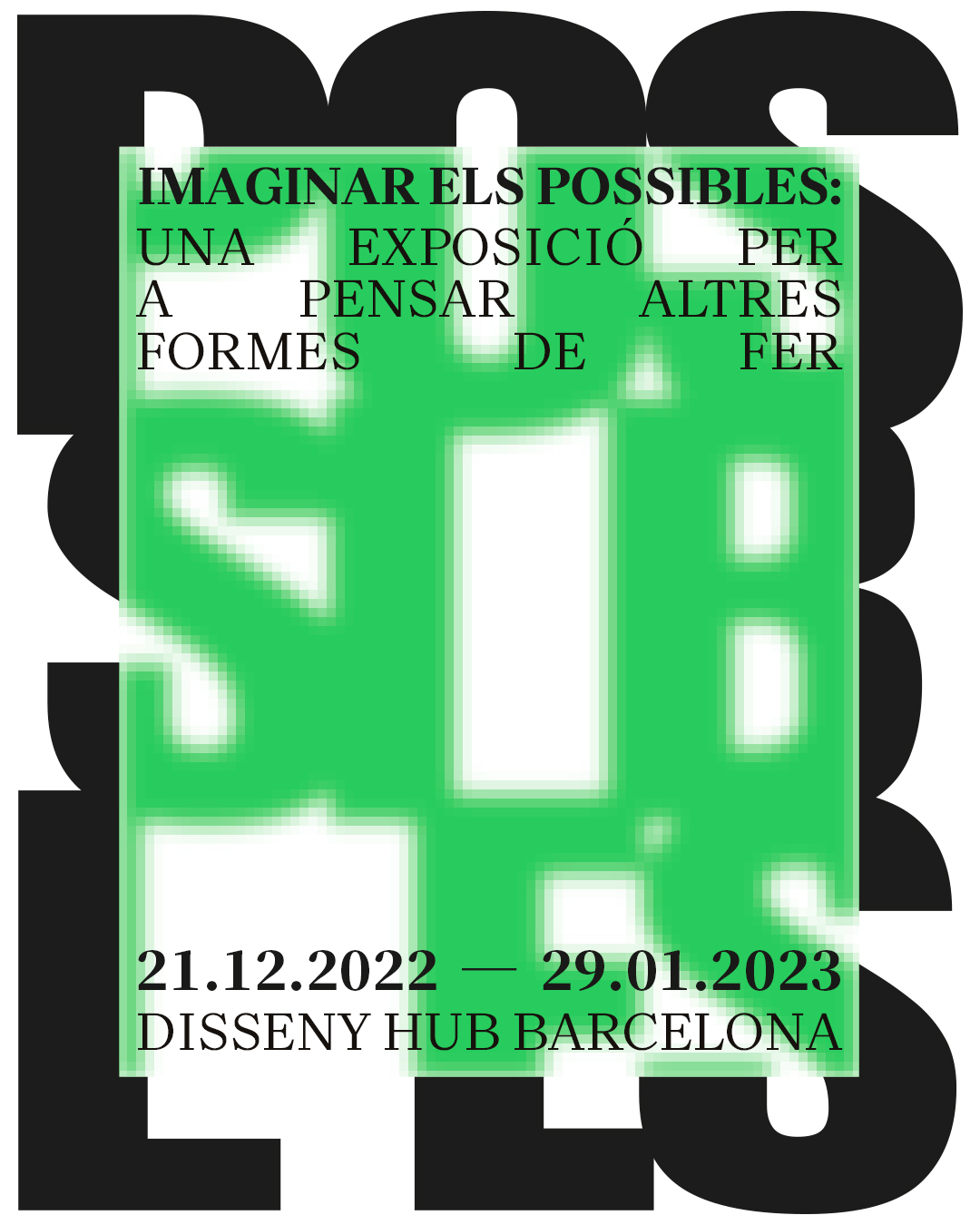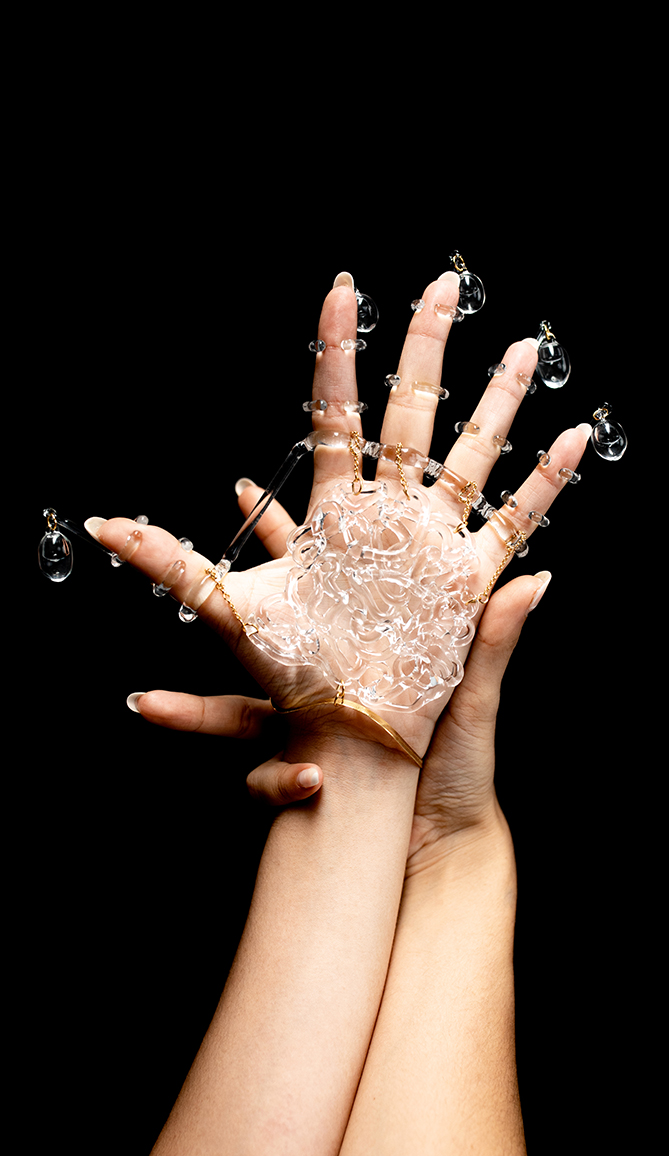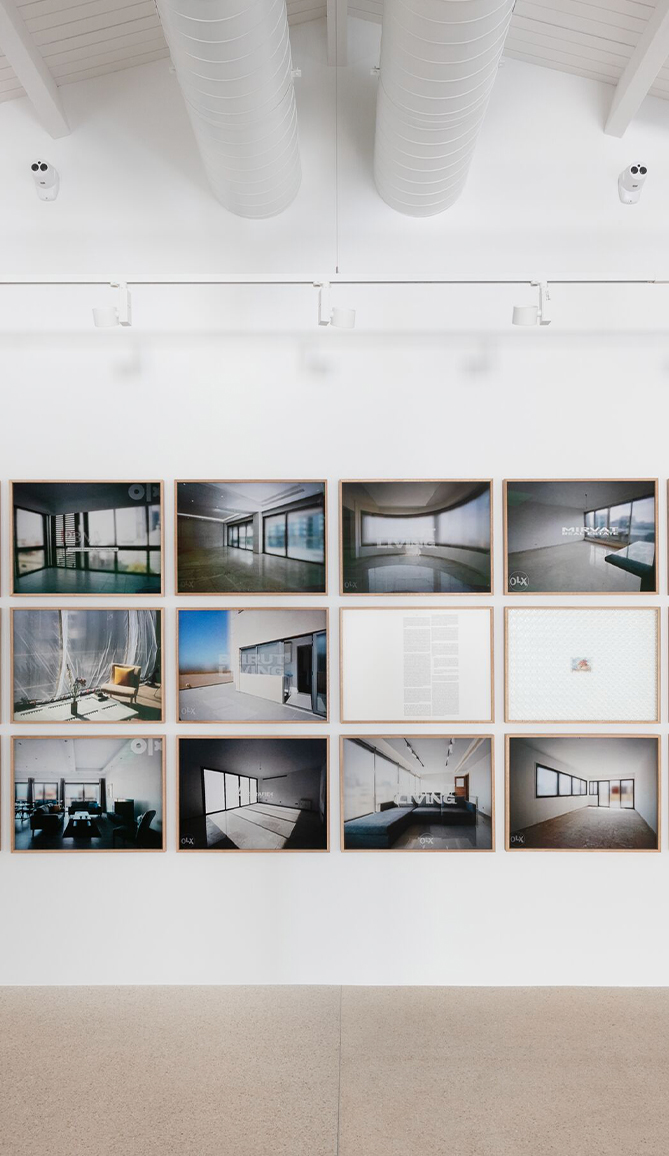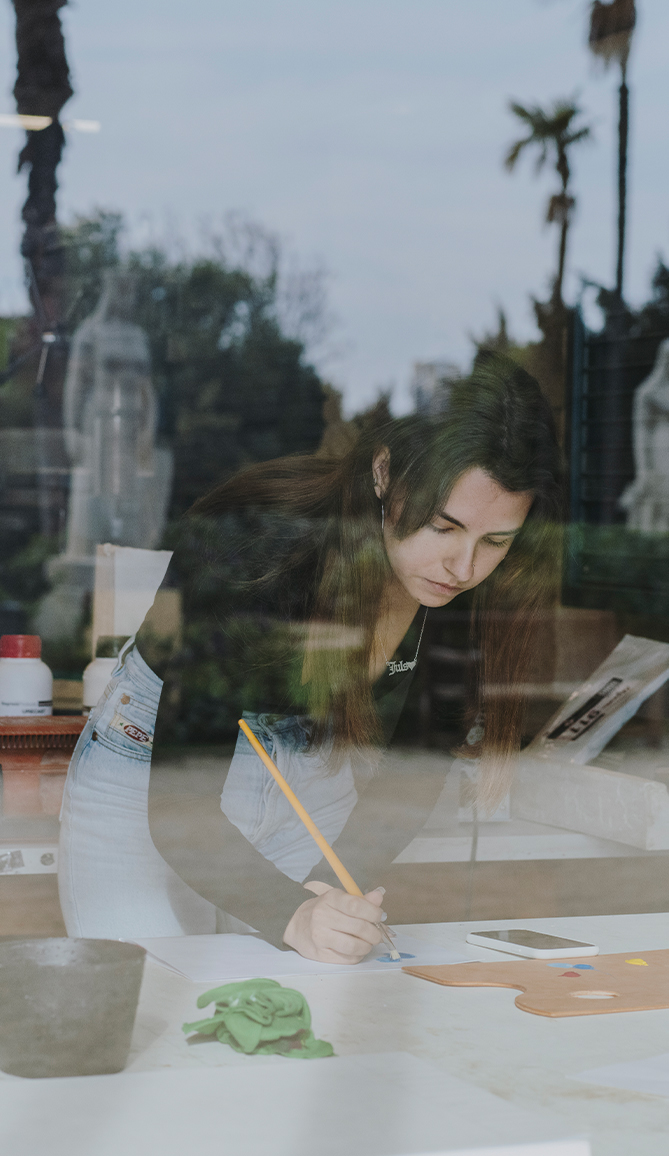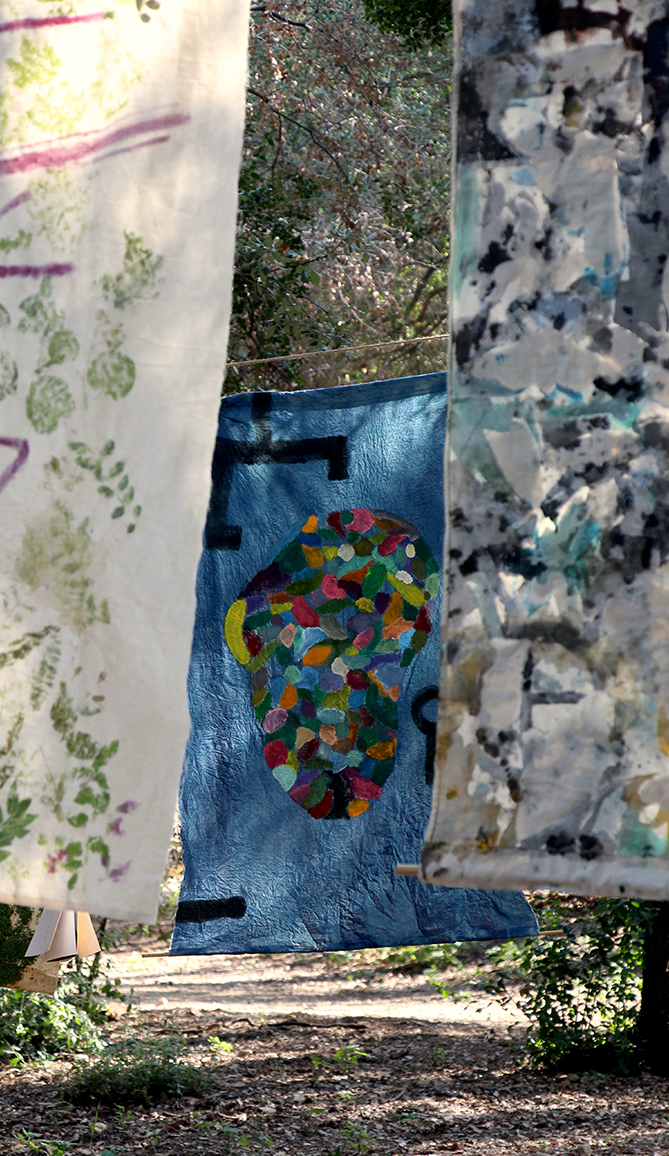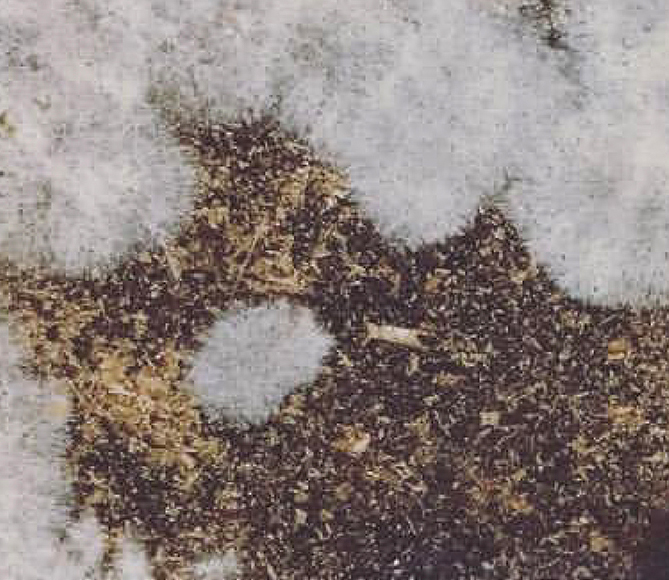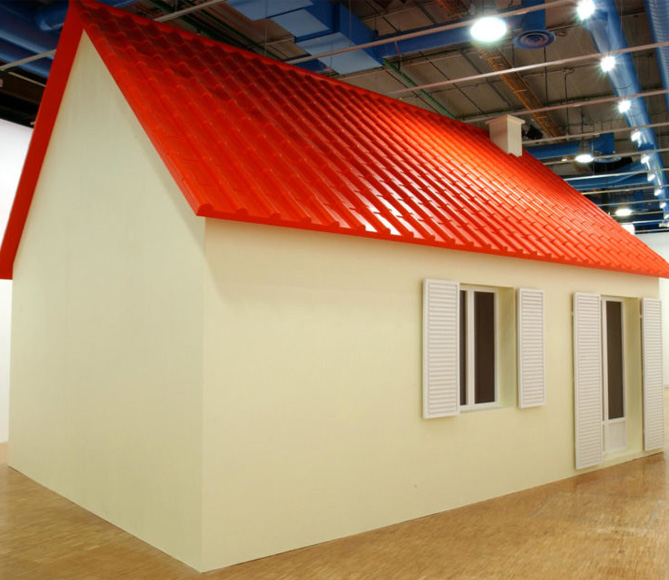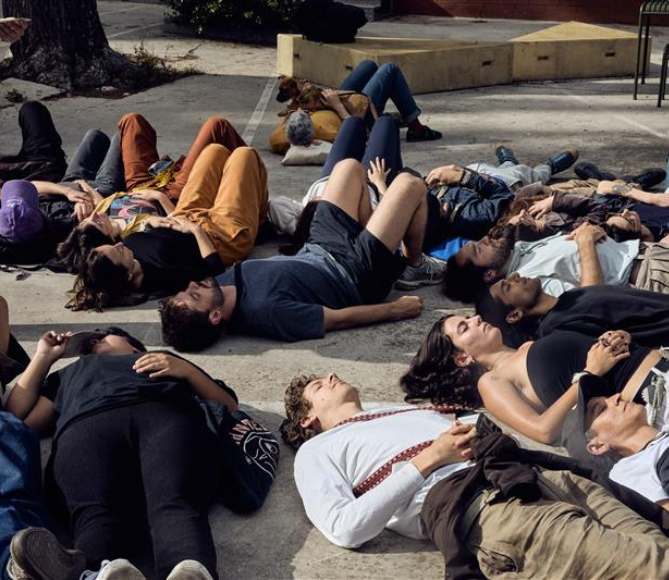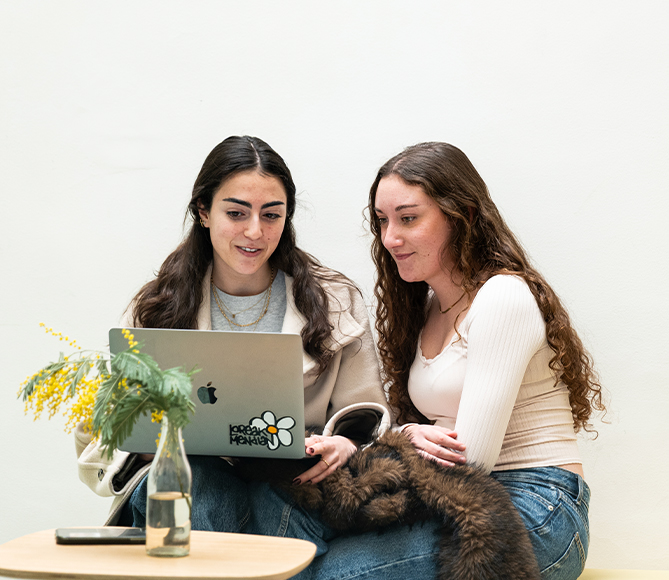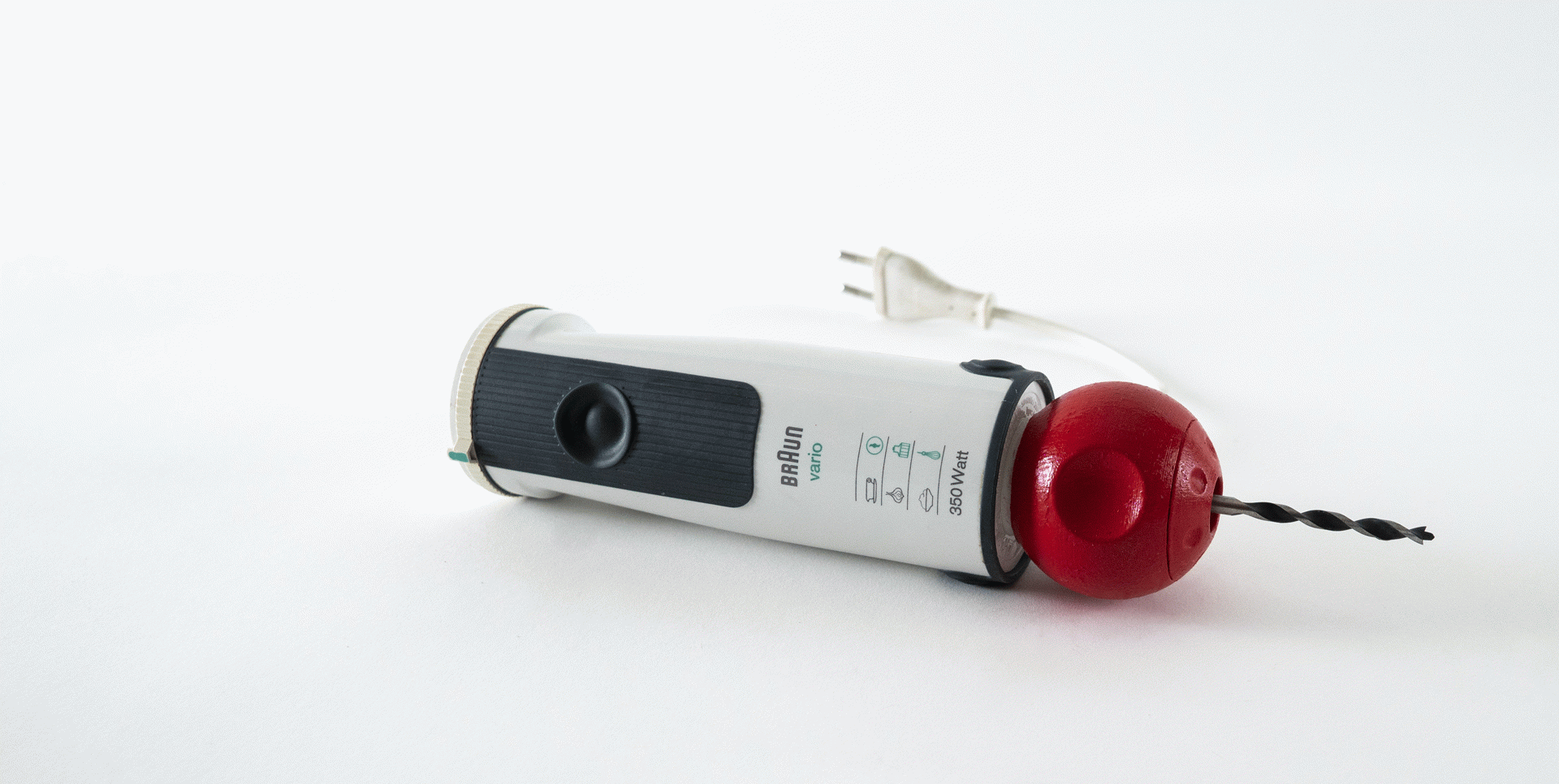EINA participates in the exhibition 'Imagining the possible' with the projects of the students of the Bachelor of Design DASA, Aïna Muelas and Guillem Blasi, and Prostheses for household appliances with identity crisis, by Pol Julià.
The exhibition, which will take place from 21 December to 29 January at Disseny Hub Barcelona, arises from the desire to make visible the potential of art and design as ways of exploring the edges of our world by changing and altering our habits of thought.
In 'Imagining the Possible', curated by Laura Malinverni and Cristina Valero, 24 students from 9 art and design schools in Barcelona and the province present a kaleidoscope of possible alternatives for seeing, understanding and doing in the world. Their proposals question the present, seeking paths that go beyond rhetoric, but at the same time offer imaginative resources of as yet unestablished possibilities.
DASA, by Aïna Muelas and Guillem Blasi, was developed in the 2nd year of the Bachelor of Design last year as part of the Projects 3 course, coordinated by Javier Nieto Cubero, with Anna Bach, Salvador Sunyer and Judit Colomer; and Pròtesis per a electrodomèstics amb crisi identitària, by Pol Julià, in Projects 4 with Oriol Fontdevila as tutor.
DASA proposes a dystopian world, where the consumption of ultra-processed food takes place every day. This fact has led to a loss of taste and interest in eating. At this crossroads, DASA (SWEET, ACID, SALTY, BITTER) is a speculative project that imagines a series of devices to identify and interpret the taste of different foods.
It works by means of electric shocks, which the individual will perceive as stimuli, in order to distinguish flavours. This will enable him to understand what the food he is eating tastes like. The arrangement of the devices is not random, they are located at specific points of the human anatomy following the method used in acupuncture.
This practice identifies key points that will assist in the perception of taste. The electrical impulses experienced by the individual from each of the devices are not random, they are based on the information collected and processed by the mother device located in the mouth.
DASA has designed a specific language based on the intensity and frequency of the impulses received by the individual. In this way it can distinguish whether the food is sweet, sour, salty or bitter and also the intensity of the PH scale in the tasting process.
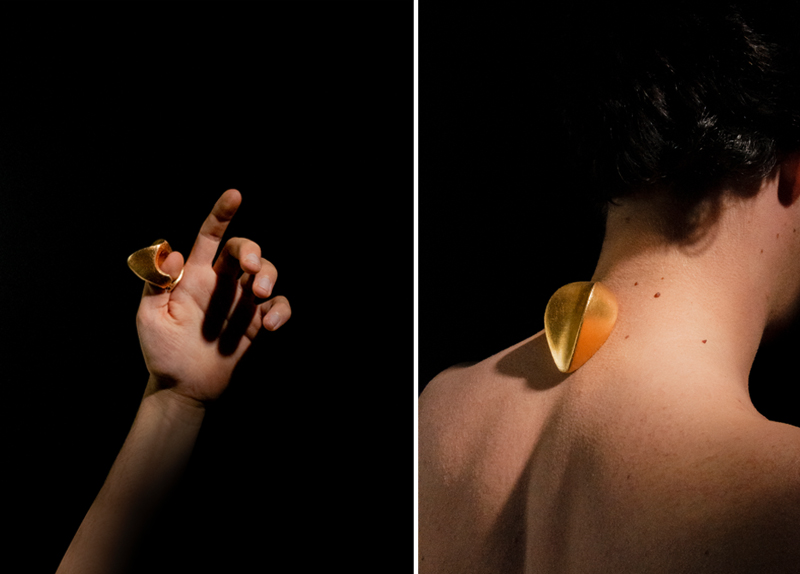
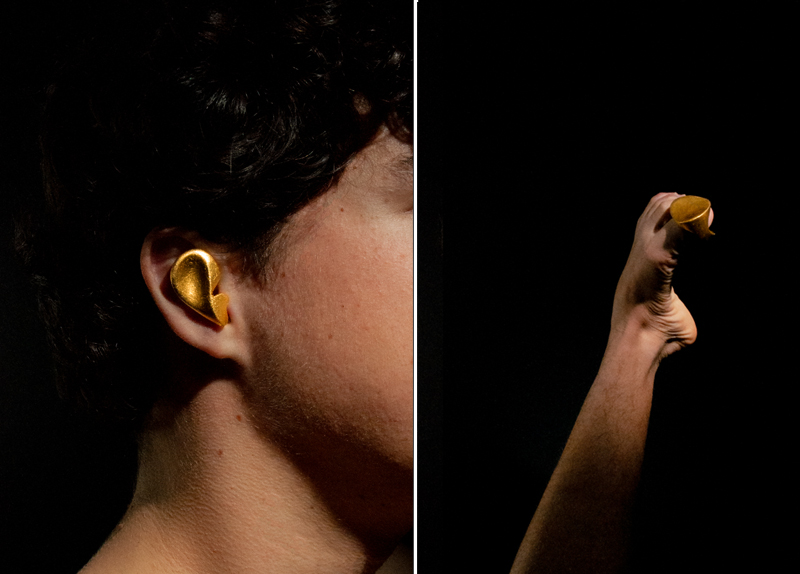
Prostheses for household appliances with identity crisis is a project that challenges industrial capitalist consumption policies and the generation of electronic waste by designing a set of "Open Source" prostheses for commonly used household appliances.
These reversibly alter household appliances, allowing them to be easily returned to their original state, and serve to convert them into tools for domestic manufacture; which has inspired this project. Re-proposals:
1- Blender re-purposed as a drill.
2- Blender converted into an electric tabletop filing machine. With sandpaper made glass and agglutinating it with envelopes of liquid creative consumables, such as remains of varnish, paint, stickers, etc.
3- Bread maker re-purposed as a mixer made from natural materials such as clay or tapia.
4- Citrus juicer transformed into a lathe for clay.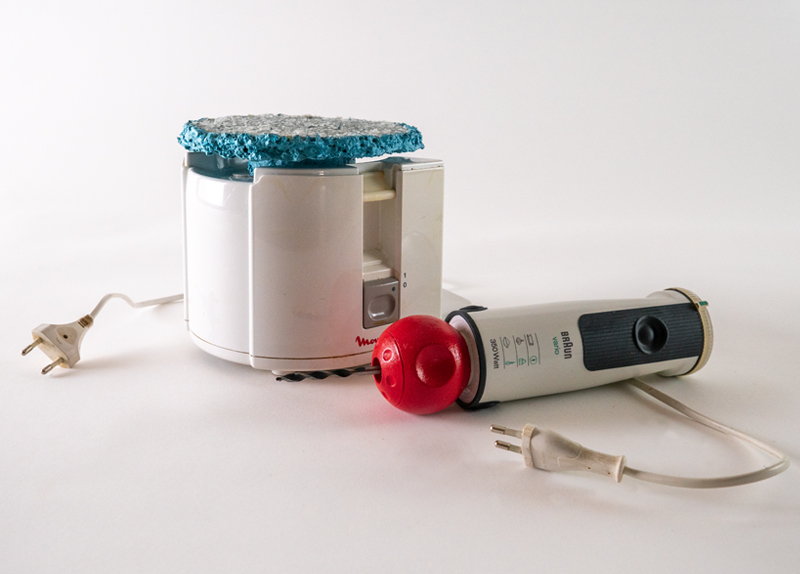
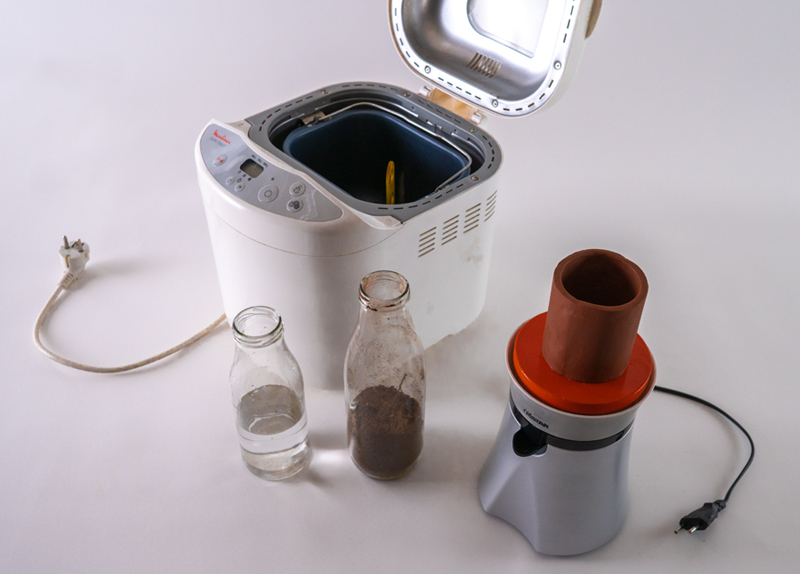
The exhibition is linked to the organisation of the conference "Imagining possible worlds: Potentialities, limits and frictions of speculative fiction in research and education" which will take place on 19 and 20 January 2023 at Disseny Hub Barcelona.
Anna Majó and Octavi Rofes, lecturers on the Bachelor of Design and the University Master's Degree in Research in Art and Design, will take part in this conference on 19 January with the intervention 'The speculative whole: fiction, action and education in current design'.
This project arises within the framework of ISEA2022 as an initiative of the association CosiCosa with the support of the Barcelona City Council and the collaboration of: Disseny Hub, BAU, EINA, Elisava, Escola Massana, ESDAPC, ESDi, Fab Lab Barcelona, IAAC, IED Barcelona, UB and UOC.
